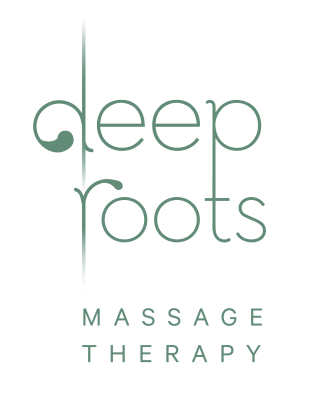Instrumental Assisted Soft Tissue Manipulation (IASTM)
Healing hands, compassionate hearts & intuitive minds.
What is instrument assisted soft tissue mobilization (IASTM)?
Instrument Assisted Soft Tissue Mobilization or IASTM, commonly known as Graston Technique®, is a technique, using ergonomically designed instruments, that detects and treats fascial restrictions. The friction on the tissues is used to effectively treat areas exhibiting soft tissue fibrosis, inflammation, and degradation.
How does instrument assisted soft tissue mobilization (IASTM) work?
The IASTM or Graston® instruments effectively breakdown fascial restrictions and scar tissue. The ergonomic design of the instruments provides practitioners with the ability to locate restrictions and treat the affected areas with the appropriate amount of pressure. The introduction of controlled micro-trauma causes the stimulation of a local inflammatory response, which initiates healing activities resulting in remoulding of affected soft tissue areas.
Soft tissues include skin, muscle, nervous (neurological), and connective tissues. Examples of soft tissue injuries include strains, sprains, subluxations (partial dislocation of joints), carpal tunnel syndrome, and repetitive stress injury. Treatment using IASTM involves sliding a stainless-steel instrument designed for a specific body part over the surface of the skin in a back and forth motion.
Scar tissue is a type of fibrous connective tissue that may occur in any area of the body. This tissue generally receives a smaller blood supply than normal tissue and stretches less. Scar tissue also tends to be thicker than the tissue it replaces after an injury. Scar tissue may build up around muscles, tendons, and ligaments as the body heals from an injury. As a result, the movement of the surrounding body tissues may be impaired, or the patient may experience pain when they try to move. Clinically, the build up of tissue after an injury is called soft tissue fibrosis, but most practitioners refer to these areas as adhesions. IASTM is an effective method of decreasing the adhesions to speed healing and increase mobility.

